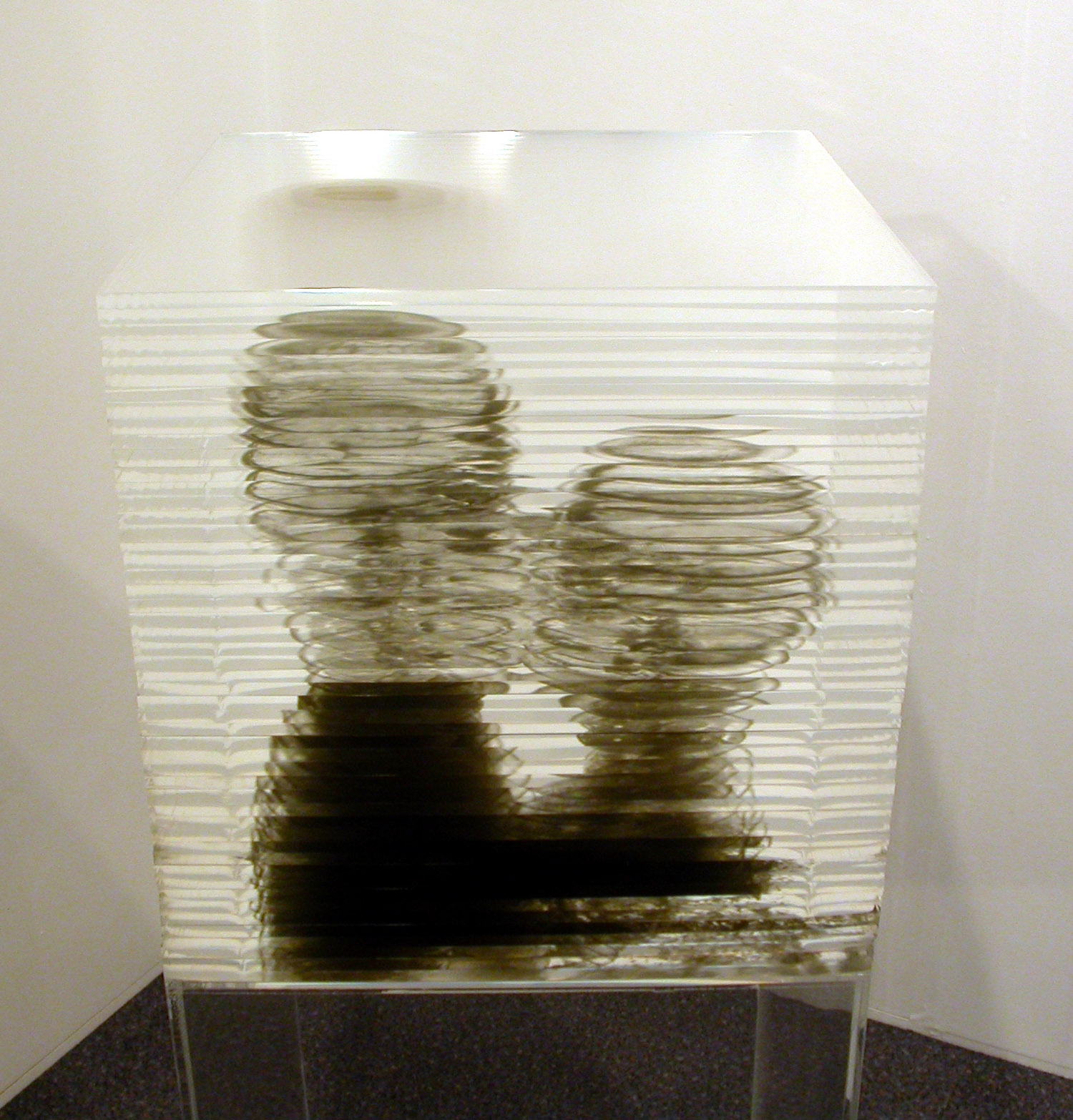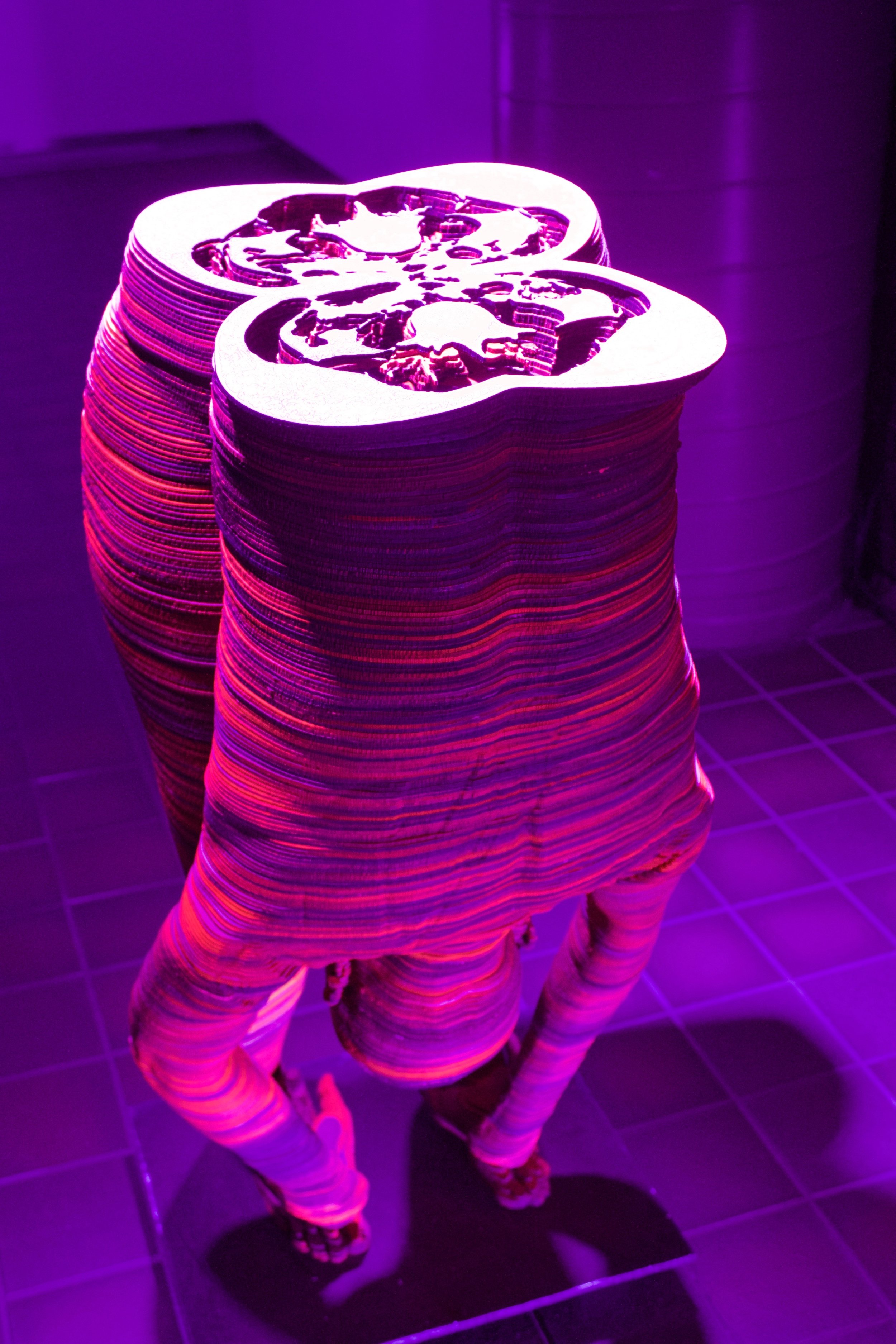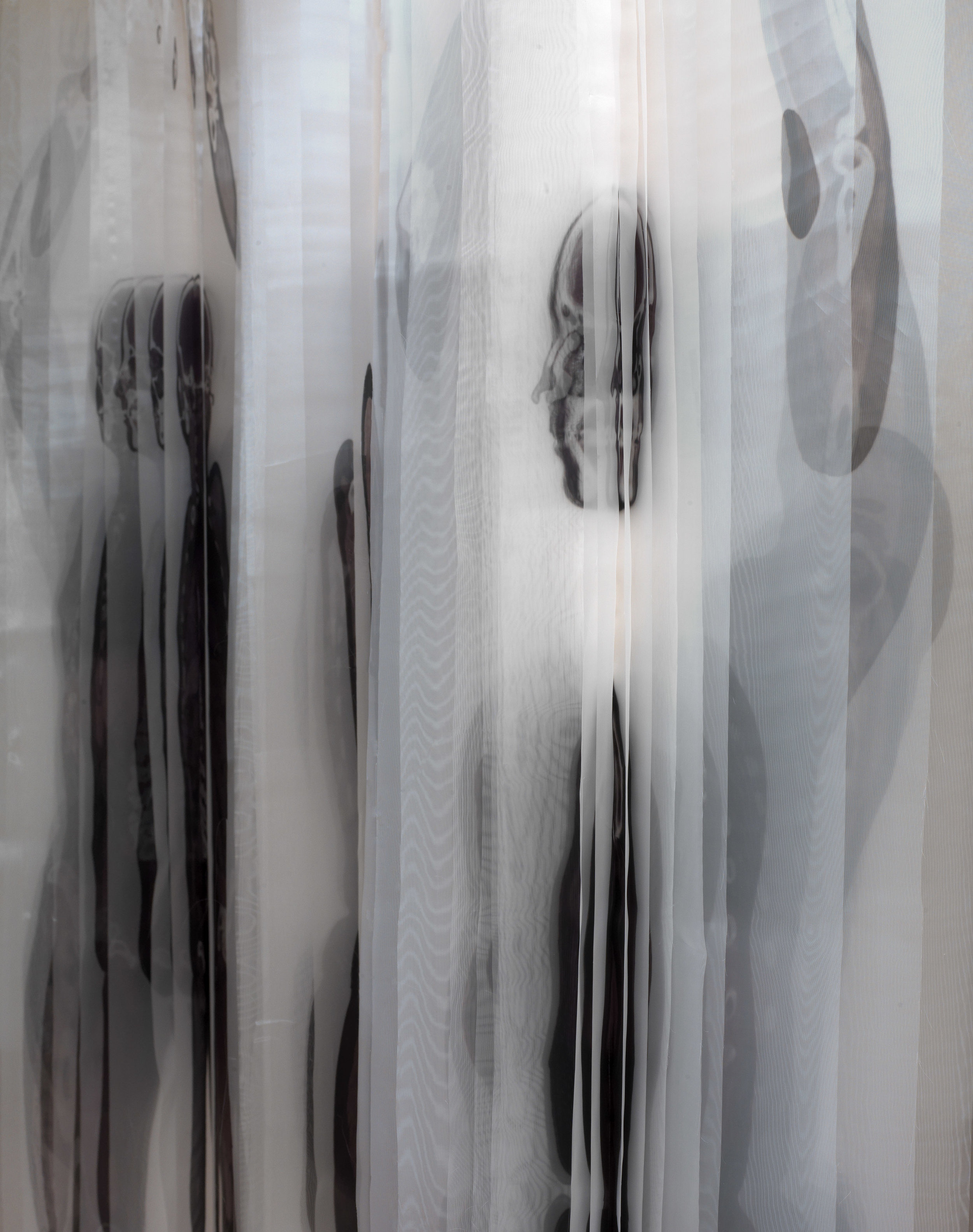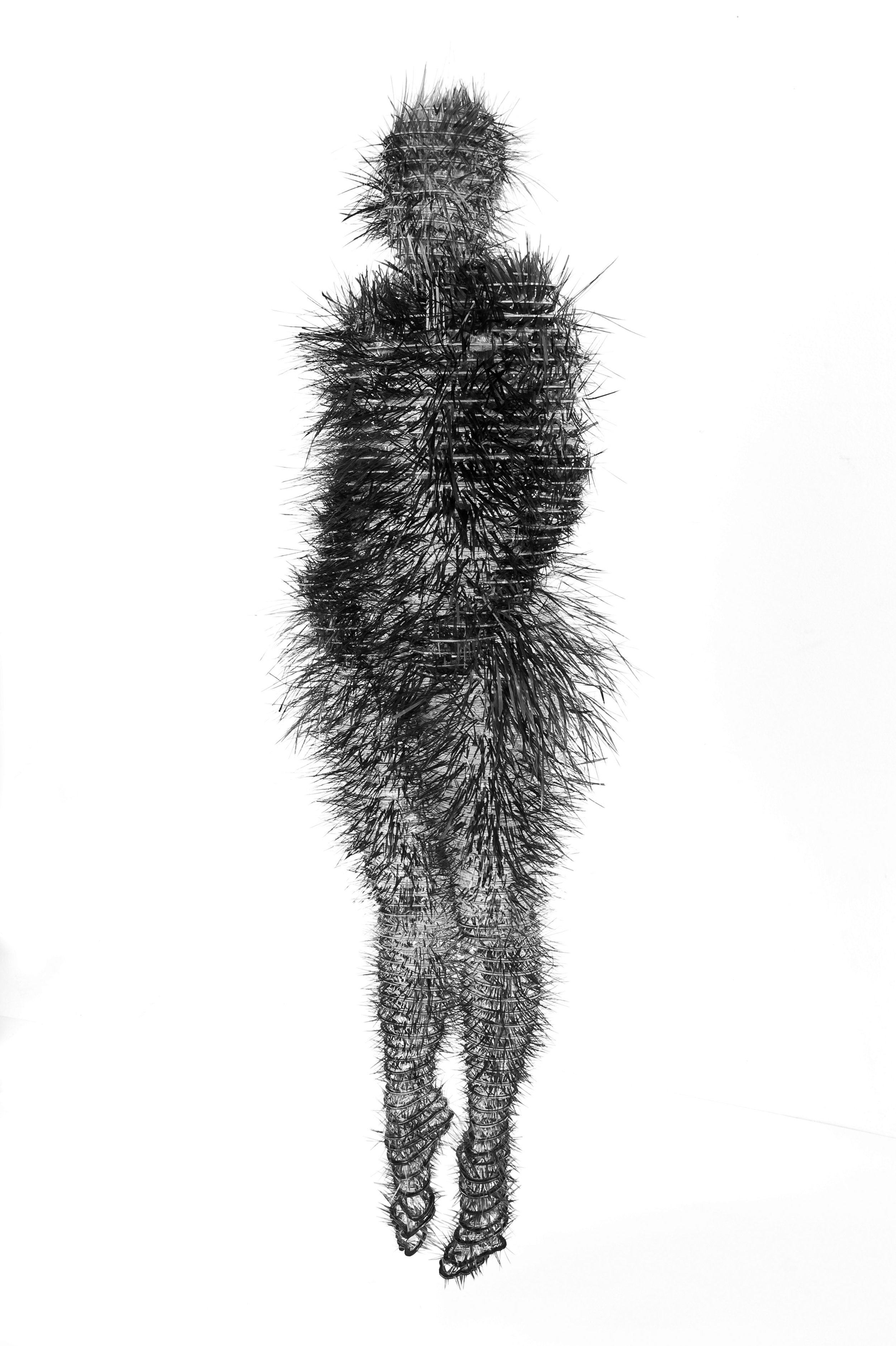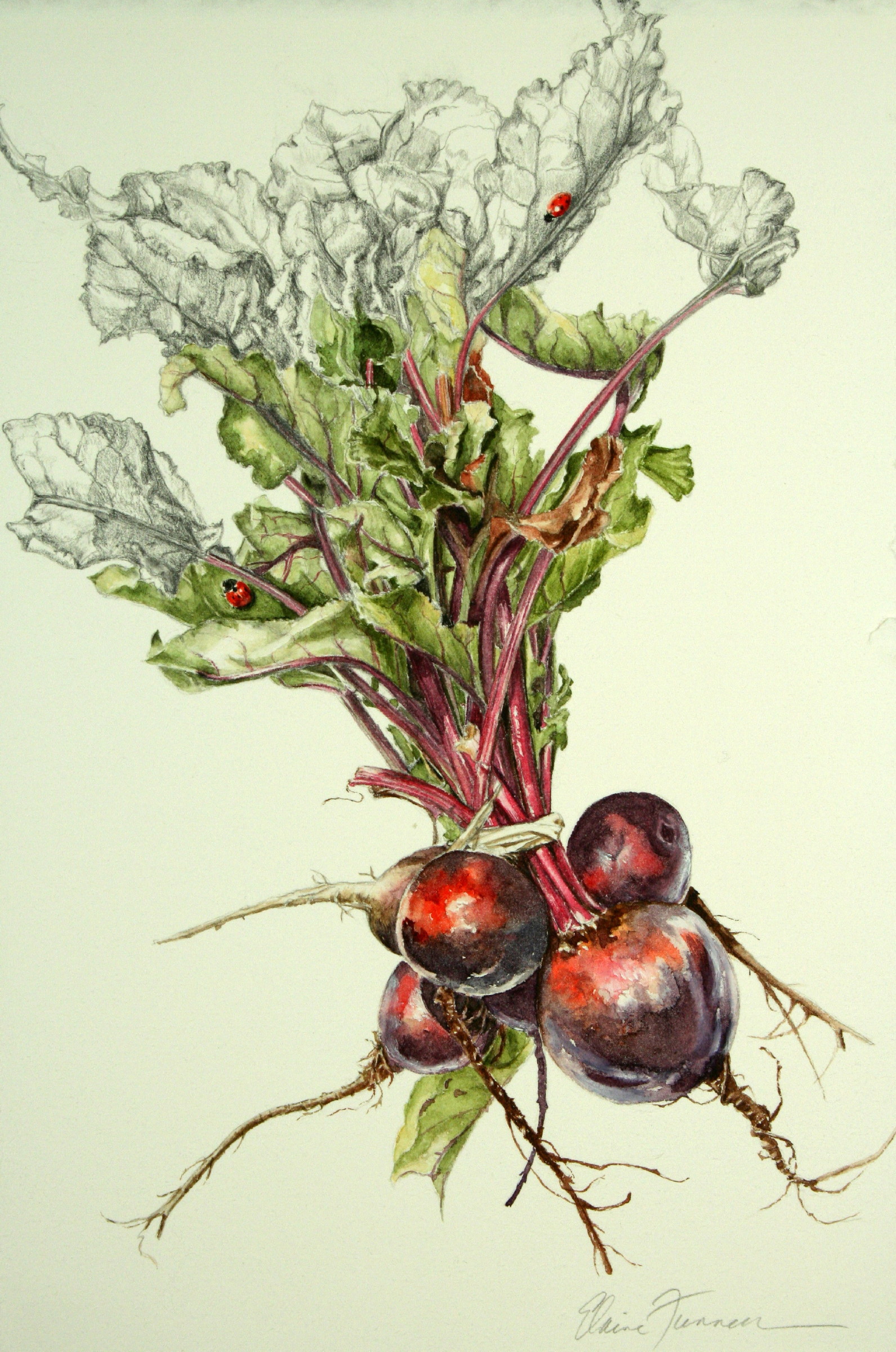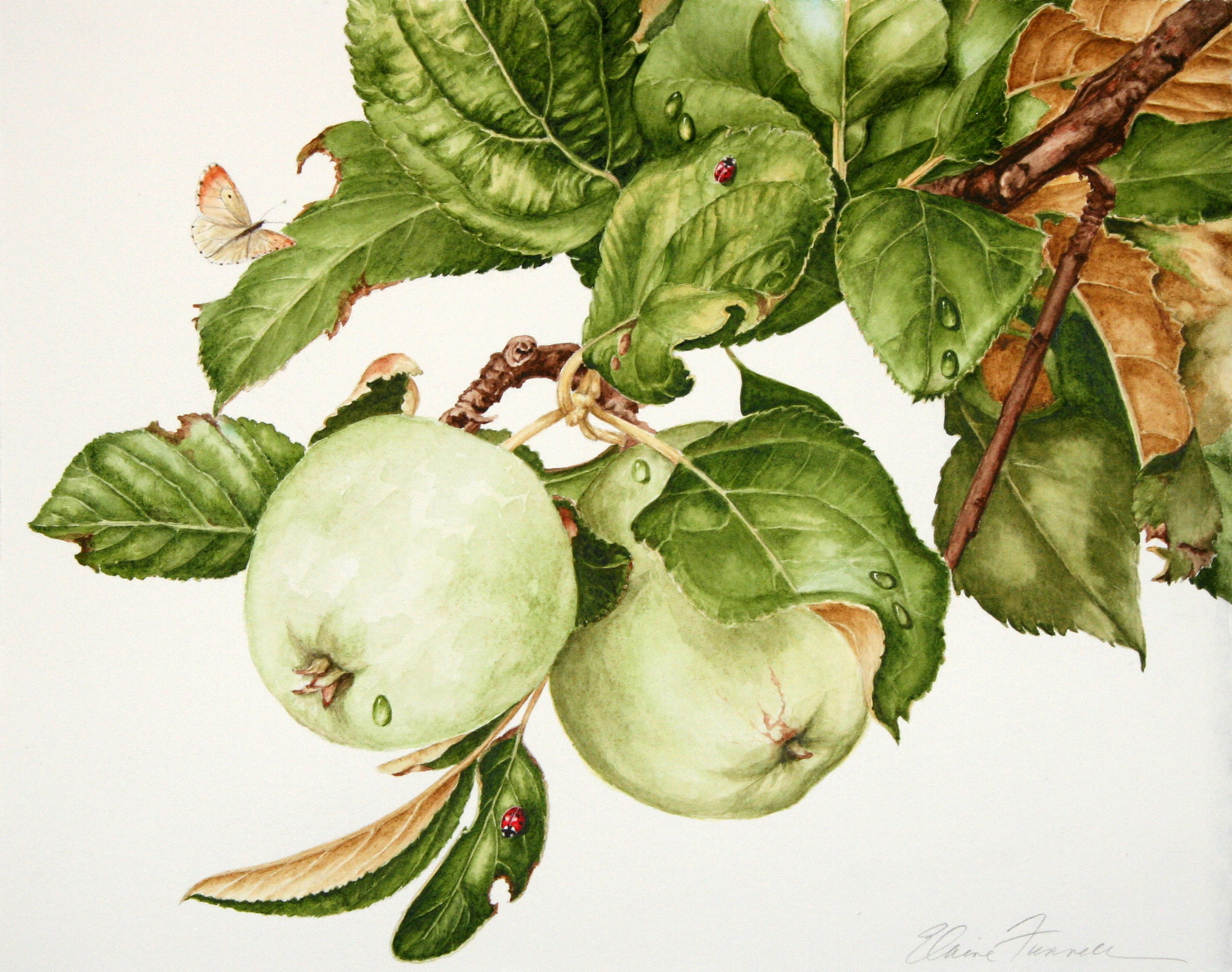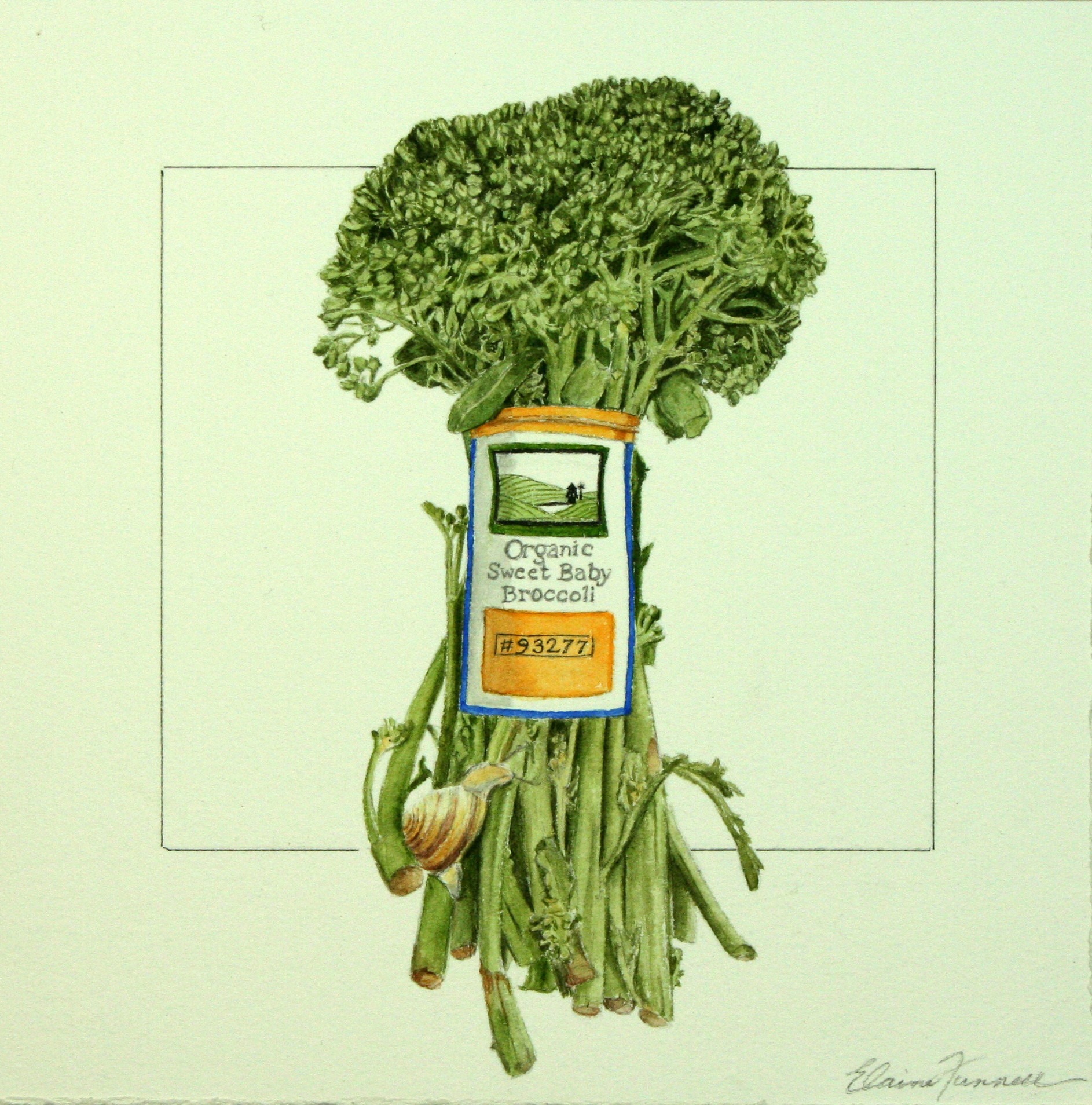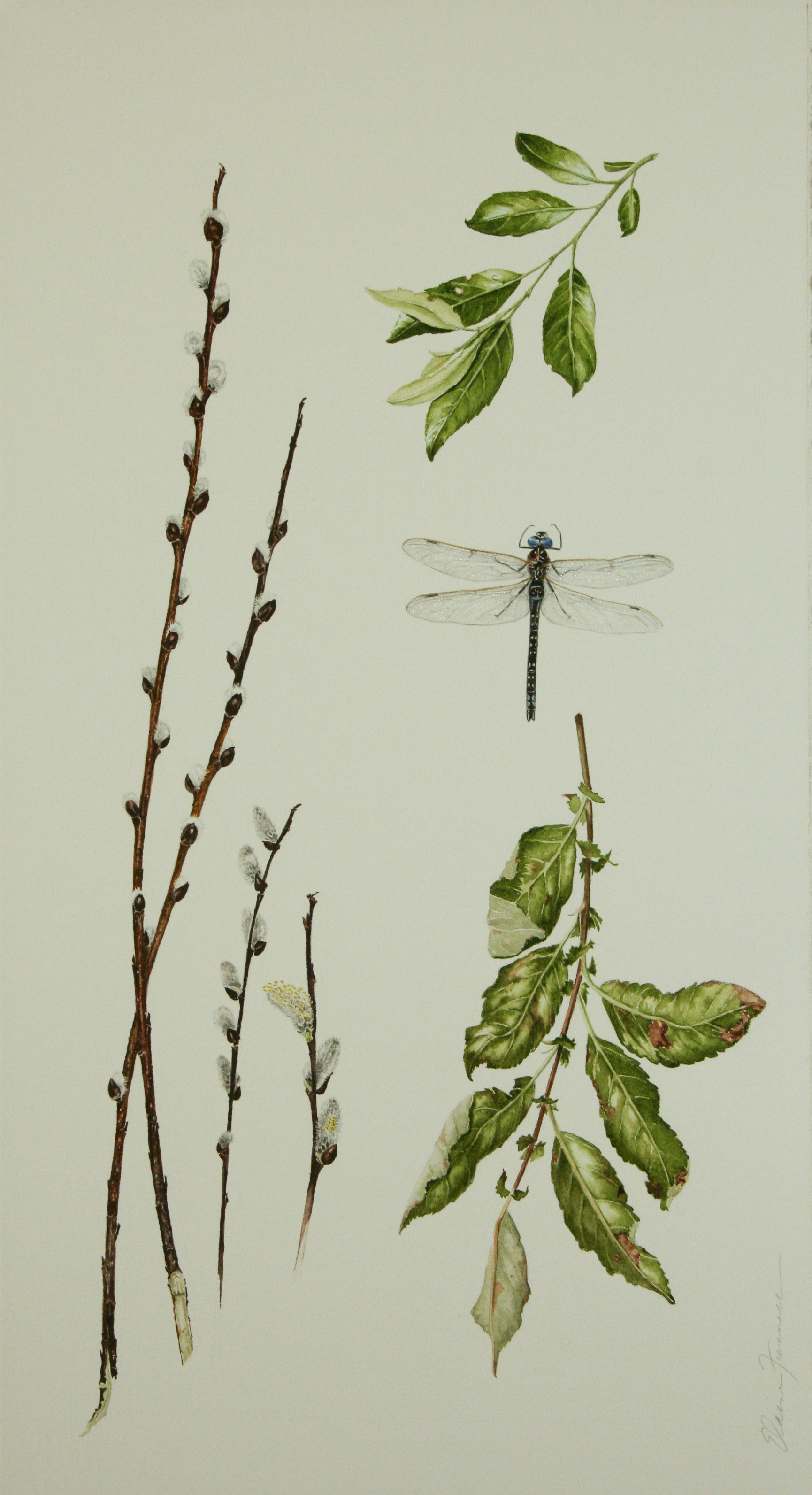In The Future All at Once, Alberta Artist in Residence Lauren Crazybull uses the tradition of portraiture to reframe and confront representation of Indigenous people. Using acrylic on canvas her portraits find a personal power unique to each sitter, and with this exhibition Crazybull captures the collective power that comes from choosing to be vulnerable in healing the past, and choosing to take control of determining Indigenous Futures.
Read moreA La Carte
In “a la carte” Marc Siegner present a series of vignettes in which he pairs a food cart with a location.
Read moreImbumba
McMullen Gallery and the Keiskamma Trust Art Project are partnering up for a new exhibit, known as Imbumba. Appropriately named after a bean seed, Imbumba represents the unending cycle of life, and the concepts of renewal and growth. Included are portraits of people who are the life-blood of the community. Other works depict aspects of growth and life in the village and that of the natural world which sustains and feeds them.
Read moreThose Who Wander
January 5 - February 24, 2019
Opening Reception: January 11, 7-9pm
Albertan artists Edward Bader and Peter Greendale, John Freeman, Megan Morman, and Isabel Porto unite in Those Who Wander to create a reprieve from whatever it is that brings you into the hospital. The artists draw on the viewer’s ability to connect places and things with their imagination. Shown as a group, the artworks create a contemplative space where viewers are encouraged to reflect on how they see and connect to their surroundings.
Read moreHoliday Show & Sale 2018
You are invited to McMullen Gallery’s third annual Show & Sale (December 12-20), just in time for the Holidays. Buy a unique gift for someone (or yourself!) and support local artists and the Friends’ Arts in Healthcare Program.
Read moreUnder the Surface - Marilène Oliver
October 20 - December 9
Opening Reception: Friday October 26, 7-9pm
Marilène Oliver works with medical imaging data to create artworks. Since 2001, Marilène has worked with MRI and CT scans to create print based sculptures and installations that invite us to rethink medical scans, suggesting that they can reveal more than just a medical diagnosis.
The work in Under the Surface is a part of a larger body of work Marilène has created based on medical data. Works such as The Kiss were made from bespoke data of subjects known personally to the artist and were acquired especially in order to make the work. These works took as their motivation a fear for the loss of embodied relationships in an increasingly digitized world, suggesting that medical data could become future relics to cherish and covet. Other works such as Dervishes and Womb Axis, were made using anonymized, open source data of subjects unknown to the artist. These works explored other aspects of the impacts of digitization on society – that of the need to create endless digital identities to perform and present. Oliver uses these technologies to reclaim the interior of the body and create artworks that allow us to materially contemplate our increasingly digitized selves.
In order to create these artworks, Marilène has had to find innovative ways to get medical data in and out of software, create templates and plans for installations, registration maps for printing and vector paths for laser cutting. Here for the first time Oliver is presenting these process based works alongside her sculptures. They reveal a complexity that lie under the surface all of digital life; a nervous energy, a constant demand to hold everything together, to not mis-register a hole nor omit a check box.
Also featured in Under The Surface is the collaborative outreach project Memory Bank, which was conceived especially for the this exhibition at McMullen Gallery. When Marilène saw her mother’s medical scans that diagnosed early onset dementia, she remembers feeling angry and frustrated: how could the scans show her my mother’s disease but not all the important memories her mother now had forgotten? Memory Bank will culminate in a dataset of brain scans that are made up not of grayscale pixels, but of real memories collected from patients in the hospital and visitors to the gallery. At the start of the exhibition the contour of brains scans will be installed in the gallery. Every day visitors, patients and staff will contribute memories that will be written into the brain by gallery staff. By the end of the exhibition the brain will be filled with memories, acting as unique portrait of all those touched by the project, connected in time and place, memories crystallized in an artwork: a collective consciousness.
Marilène Oliver and McMullen Gallery welcome you to bring a written memory to the gallery to be added to the work or share a memory by emailing memorybankcollection@gmail.com.
See more work by Marilène Oliver at www.marileneoliver.com
Sense of Self
We know and understand ourselves and others through our faces. We read facial expressions to appreciate the range of human emotions that others are feeling—hesitation, honesty, sadness, excitement, concern, joy, pain, loss, relief. We observe slight articulations on peoples’ faces or something in their eyes to see what they are thinking (even things they are trying to conceal). We also assess facial characteristics to determine aspects of identity, such as age, gender, and culture. And these characteristics develop as we do, from childhood into adulthood, and from middle age into the older years—always retaining the distinguishing facial features we were recognized by as children.
Read more
The Well Tended Garden - Gillian Willans
Edmonton Artist Gillian Willans’ paintings of the domestic realm capture her interest in social role-playing and her own struggles to define her belonging. With a focus on creating mood through dramatic use of light and shadow, the private living rooms become a stage in which a range of social interactions have played or could play-out.
Can we find meaningful symbols in our every-day activities and in the spaces in which we reside?
Aura of the Land - Blake Chorley and Ben Globerman
May 5 - June 24, 2018
Opening Reception - Saturday May 5 12-2pm
The two artists in Aura of the Land, photographer Blake Chorley (Calgary) and sound artist Ben Globerman (Ottawa), have exposed their creative practice to the energy of the wilderness; to see, hear and experience its gifts.
Home Grown - Elaine Funnell & Amanda McCavour
March 10 - April 22, 2018
Home Grown
In this exhibition, Home Grown, artists Amanda McCavour and Elaine Funnell use delicate materials, and wholesome, familiar subject matter to transplant feelings of comfort, nourishment and vitality to the hospital. Whether you feel warm memories of home, or in awe of the intricacies of nature, we hope that you escape to whichever place you need to be.
Elaine Funnell (watercolors)
Nature’s abundance is accurately detailed in Elaine Funnell’s botanical watercolours. Funnell works mainly from live specimens, in particular native Alberta plant life, reminiscent of early 18th century botanical illustrators. While her paintings are from a personal perspective, for Funnell they must be scientifically precise to be true to the origins of the genre.
The artist’s passion for flora is evidenced in luscious unpicked apples, fresh bursting pussy willows, and delicious verdant broccoli. The addition of small insects further enlivens the imagery and illustrates the environmental connection between the beneficial insects and the plants upon which they thrive. There is playfulness to Funnell’s watercolours as she encourages the viewer to find the ladybugs hiding amongst the leaves or the darting dragonflies in the cattails. Enjoy being transported out of the busy hospital, over a grassy meadow, and into the nearby gardens, forests, and kitchens.
Amanda McCavour (embroidered installation)
Stand-In For Home is a thread rendering based on part of McCavour’s kitchen in her previous house. The piece is a recreation of home, a concept which has particular resonance in the hospital where patients are displaced from their homes for a period of time. McCavour explains: “I am interested in the vulnerability of thread in relation to the home as both things feel temporary and fragile. Making this piece required me to re-visit, remember and re-create a space that I called home but is no longer mine. This piece is a stand in, a synthetic, re-created version of home. The objects act as a trace or record of a space that used to exist. Part shrine or monument, the thread drawings act as tribute to a room that once was. This piece is meant to draw attention to the fragile nature and the memories of the spaces we call ‘home’.”








